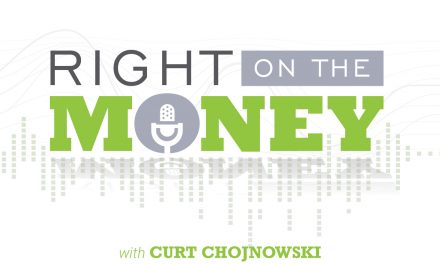Gold Smelted in a Foundry, Paper Money on Printing Presses
Many non-U.S. central banks are acquiring gold as an asset reserve direct from mining operations and refineries. Some developing nations have tripled their gold holdings over the last decade, while Western countries held on to their gold inventories to shore up their own financial strength. Consumers seem fascinated with all things gold: bullion, coins, jewelry, art and even certificates in their IRAs.
Michael S. Young contributed to this article.
Gold bullion sitting in a safety deposit box in vault inside a national bank located in America can deliver a sense of security and solace. But real gold, kept in a bank, may not be real gold in an emergency. “Bail-ins” were ratified by the G20 summit back in 2014 in Australia, permitting banks to “seize” cash and metals, if a bank was insolvent, and issue stock to their depositors in return. Bail-ins have been legal in the U.S. since 1934. Banks are federally regulated in most countries, so banks could receive an order to confiscate assets in an economic meltdown. Bail-ins serve as collateral against cash and since the banks seem to be moving their customers to digital money instead of paper currency, it will be easier for banks to seize cash. If you have physical gold, instead of a gold cert, or even gold bars in a safety deposit box, you have money, but if it is in a bank, are you safe?
Banks typically lease gold around 10 to 1, paper issuance of gold, against any physical asset they have. People with gold certificates or certs physically need to call the bank and give notice when requesting an exchange from a cert to real gold. The bank has to work to provide the physical asset on demand. If there is a run on gold, the banks will shut down. Watch the interview with international investment consultant Michael S. Young as he discusses gold as real currency.
Most Americans don’t own bars of gold or silver. Some own gold coinage in mint in box. You just stare it like a museum piece and pass it down to your children. But most have some gold jewelry. Displaying gold bling is a sign wealth and position. It’s like wearing your money, only better.
Jewelry is another form of carrying your wealth. It is a purely intrinsic value measurement, though, as jewelry is often well in excess in retail value, for what can be redeemed. Jewelry is not pure gold, like bullion. Generally speaking, most jewelry has other metals mixed in, so the weight of gold jewelry is not 100 percent pure gold. So the value of jewelry, is not a 1 for 1 in market value, compared with the value of gold. It is intrinsic value which wealth can afford. If you carry gold jewelry, gold coins or even have some handheld gold bars at home, secure additional insurance beyond your other assets to protect against theft. Collect all receipts from your purchases and photo your inventory of jewelry, coins and bars.
Syndicated financial columnist Steve Savant interviews international investment consultant Michael S. Young on the virtues of owning gold in your portfolio. Right on the Money is a weekly financial talk show for consumers, distributed as video press releases to 280 media outlets nationwide.





